Big Bang collider restarted
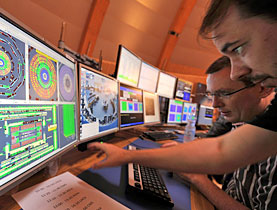
Scientists at the European Organisation for Nuclear Research (Cern) have restarted the world's largest atom smasher built to reproduce "Big Bang" conditions.
After a year’s delay, the beams began circulating late on Friday in the huge tunnels under the Swiss-French border that are part of the Large Hadron Collider (LHC).
“It’s great to see beam circulating in the LHC again,” said Cern Director General Rolf Heuer. “We’ve still got some way to go before physics can begin, but with this
milestone we’re well on the way.”
The experiment will not begin in earnest until January when the LHC is operating at full capacity, added spokesman, James Gillies.
Technical problems forced Cern to shut down the SFr10 billion ($9.82 billion) collider just nine days after it was started for the first time in September last year.
The goal is to recreate conditions believed to exist at the start of the universe 13.7 billion years ago.
As the particles smash into each other at nearly the speed of light – once the collider is operating at full throttle – they will explode in a burst of energy.
Scientists will look for new or previously unseen particles which they predict could help explain the nature of mass and the origins of the universe.
Faster than expected
Progress on restarting the machine went faster than expected on Friday and the first beam circulated in a clockwise direction around the machine at about 10pm local time, said Gillies.
“Some of the scientists had gone home and had to be called back in,” he added.
The exact time of the start of the Large Hadron Collider was difficult to predict because it was based on how long it took to perform steps along the way, and in the end it happened about nine hours earlier than expected.
This is an important milestone on the road toward scientific discoveries at the LHC, which are expected in 2010, Gillies said.
Around midnight, the scientists circulated another beam in the opposite direction, which was the initial goal in getting the machine going again and moving it toward collisions of protons.
Scientific secrets
The LHC also will be used later for colliding lead ions – basically the nucleus of the element that is about 160 times as heavy as a single proton. That should reveal still more scientific secrets.
With great fanfare, Cern circulated its first beams on September 10, 2008.
However, the machine was sidetracked nine days later when a badly soldered electrical splice overheated and set off a chain of damage to massive superconducting magnets and other parts of the collider, in the 27-kilometer circular tunnel.
Cern has spent around SFr40 million on repairs and improvements on the machine to avoid a repetition.
Cern said last year’s accident never posed any danger. The Geneva-based institution has had to rebuff suggestions that the experiment would create millions of black holes that would suck in the Earth.
“The LHC is a far better understood machine than it was a year ago,” said Steve Myers, Cern’s director for accelerators. “We’ve learned from our experience and engineered the technology that allows us to move on. That’s how progress is made.”
swissinfo.ch and agencies
In the LHC, high-energy protons in two counter-rotating beams are smashed together to search for exotic particles.
The beams contain billions of protons. Travelling just under the speed of light, they are guided by thousands of superconducting magnets.
The beams usually move through two vacuum pipes, but at four points they collide in the hearts of the main experiments, known by their acronyms: ALICE, ATLAS, CMS, and LHCb.
When operational, the detectors see up to 600 million collision events per second, with the experiments scouring the data for signs of extremely rare events such as the creation of the so-called God particle, the yet-to-be-discovered Higgs boson.
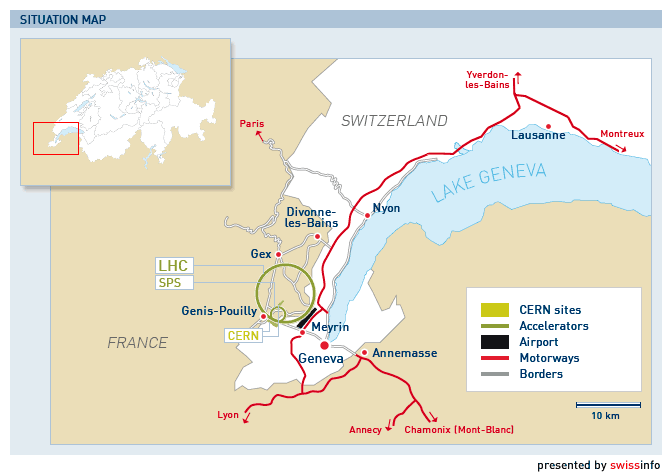

In compliance with the JTI standards
More: SWI swissinfo.ch certified by the Journalism Trust Initiative
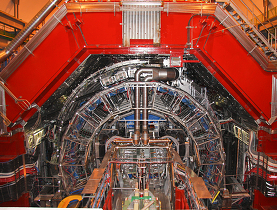
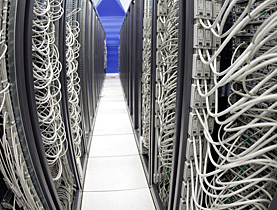
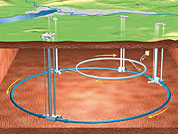
You can find an overview of ongoing debates with our journalists here. Please join us!
If you want to start a conversation about a topic raised in this article or want to report factual errors, email us at english@swissinfo.ch.